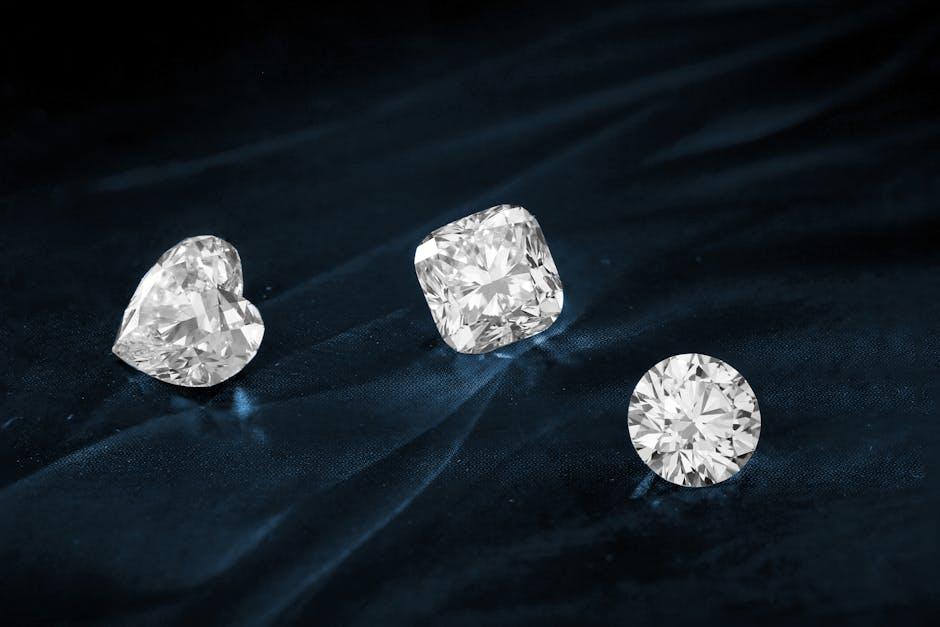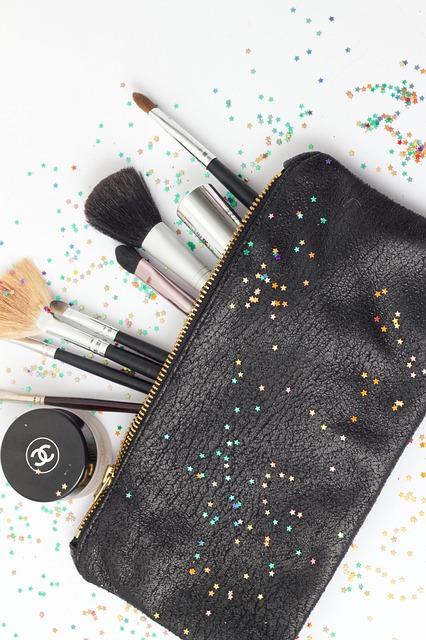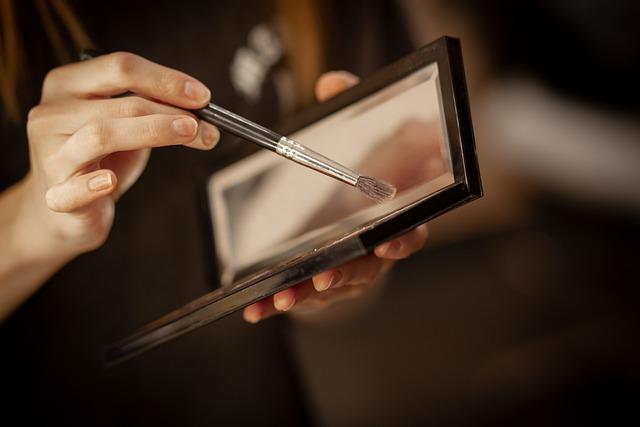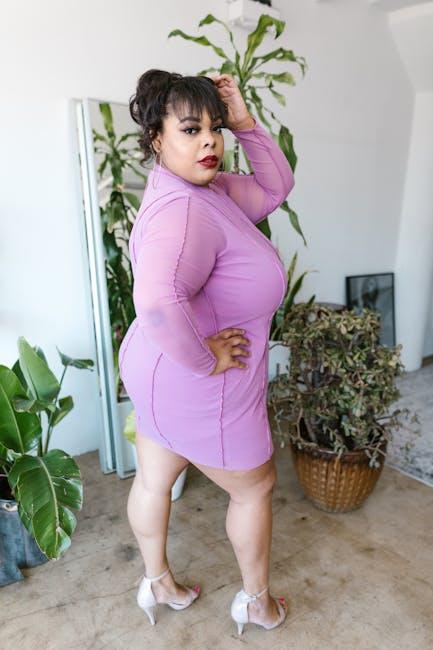Is the Makeup Industry Perpetuating Unrealistic Beauty Standards
In the kaleidoscope of colors and textures that define the makeup industry, a complex narrative unfolds—one that straddles the line between self-expression and societal expectation. As we navigate through aisles brimming with promises of transformation, a pressing question emerges: is the very industry that empowers individuality simultaneously perpetuating unrealistic beauty standards? This article delves into the heart of this paradox, exploring the intricate relationship between makeup and the ideals of beauty that shape our perceptions. With a neutral lens, we examine whether the allure of flawless skin and perfect features serves as a canvas for creativity or a cage of conformity. Join us as we unravel the layers of this billion-dollar industry and its impact on how we define beauty in the modern world.
The Illusion of Perfection: A Deep Dive into Beauty Myths
In a world where social media filters and airbrushed images dominate our screens, the makeup industry often finds itself at the heart of the debate on beauty standards. While cosmetics can be a powerful tool for self-expression and confidence, they can also contribute to a culture of unattainable ideals. Many advertisements showcase flawless skin, perfectly sculpted features, and symmetrical faces, suggesting that beauty is synonymous with perfection. This portrayal often leads to a distorted perception of reality, where imperfections are seen as flaws to be concealed rather than celebrated.
- Flawless Skin: Often achieved through editing rather than reality, leading to unrealistic expectations.
- Perfect Features: Emphasized through makeup techniques that create a false sense of symmetry and proportion.
- Unattainable Ideals: Many individuals feel pressured to meet these standards, impacting self-esteem and body image.
As the industry continues to evolve, there is a growing call for diversity and authenticity in beauty campaigns. Brands are increasingly recognizing the importance of representing a wide range of skin tones, body types, and ages. By embracing diversity and promoting realistic portrayals of beauty, the makeup industry has the potential to shift perceptions and empower individuals to embrace their unique attributes. This shift not only challenges the status quo but also fosters a more inclusive definition of beauty.

Behind the Palette: How Marketing Shapes Our Perceptions
In the world of makeup, marketing is the magician behind the curtain, orchestrating the grand illusion that beauty can be bottled and perfected. The strategic use of colors, packaging, and even the models chosen for campaigns shape our perceptions, often nudging us towards a singular, and sometimes unattainable, idea of beauty. Marketing teams craft narratives that not only highlight the transformative power of products but also subtly imply that achieving beauty is an ongoing process, requiring continual investment and experimentation. This creates a cycle where consumers are perpetually chasing the next big thing, driven by the fear of falling short of ever-evolving beauty ideals.
Consider how visuals in advertising emphasize flawless skin, striking features, and impossibly perfect finishes. These images are meticulously curated and often digitally altered, presenting a polished reality that blurs the line between aspiration and accessibility. Marketing strategies often include:
- Limited-edition releases that create urgency and exclusivity.
- Celebrity endorsements that lend a veneer of glamour and attainability.
- Influencer partnerships that bring a sense of relatability and trust.
This approach not only sets the bar high but also subtly redefines what is considered ‘normal’ or ‘acceptable’ in terms of appearance, leading consumers to question their own natural beauty.

Breaking the Mold: Redefining Beauty in the Modern Era
The makeup industry, with its vast array of products and endless tutorials, is often at the forefront of discussions about beauty standards. On one hand, it offers individuals the freedom to express themselves and enhance their features. On the other, it may inadvertently enforce a singular vision of beauty, where flawless skin, chiseled cheekbones, and perfect brows are seen as the ideal. But is this portrayal truly realistic?
- Perfection over Authenticity: Many campaigns highlight airbrushed perfection, leaving little room for natural beauty and diversity.
- Representation Matters: While there is a growing movement towards inclusivity, mainstream makeup lines often cater to a limited range of skin tones and types.
- Empowerment or Pressure: For some, makeup is empowering, yet for others, it may feel like a necessity to meet societal expectations.
As the industry evolves, there is a growing call for brands to embrace authenticity and celebrate the unique beauty in everyone. This shift could help dismantle unrealistic standards, encouraging a more inclusive and empowering definition of beauty.

Empowering Change: Practical Steps for a More Inclusive Industry
To cultivate a more inclusive makeup industry, it is crucial to implement practical steps that challenge and reshape existing beauty paradigms. Here are some key actions that can be taken:
- Broadening Product Ranges: Brands should focus on expanding their product lines to cater to a diverse range of skin tones, types, and textures. This includes not only foundation shades but also lip colors, blushes, and more.
- Inclusive Marketing Campaigns: Advertisements and campaigns must feature models and influencers from varied backgrounds, ages, and body types to reflect the true diversity of beauty.
- Educating Consumers and Professionals: Providing training and resources for makeup artists and consumers on how to work with different skin types and tones can foster a more inclusive environment.
- Engaging in Transparent Dialogues: Brands should actively seek feedback from underrepresented communities to understand their needs and integrate their perspectives into product development and marketing strategies.
By embracing these strategies, the makeup industry can move towards a more equitable future, where beauty is celebrated in all its diverse forms.
In Summary
As we draw the curtains on this exploration of the makeup industry’s role in shaping beauty ideals, it becomes evident that the landscape is as complex as it is colorful. The brushes that paint faces also trace lines between self-expression and societal expectation. In a world where beauty is both celebrated and scrutinized, the industry stands at a crossroads, balancing the scales between creativity and conformity.
The conversation doesn’t end here; it evolves with every contour and every shade. It invites reflection and challenges us to redefine what beauty means in our own eyes. As consumers, creators, and critics, we hold the power to shape this narrative, ensuring that beauty becomes a canvas of inclusivity rather than a mirror of unattainable perfection.
perhaps the true essence of beauty lies not in the products we apply, but in the stories we tell, the confidence we wear, and the authenticity we embrace. The palette is yours—how will you paint it?


